Is Medical Marijuana Worth It?

Medical marijuana is any part of the marijuana plant that you use to treat health problems. People use it to get relief from their symptoms, not to try to get high.
Most marijuana that's sold legally as medicine has the same ingredients as the kind that people use for pleasure. But some medical marijuana is specially grown to have less of the chemicals that cause feelings of euphoria.
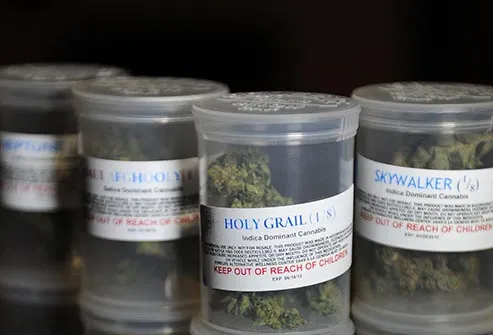
Marijuana plants have hundreds of chemicals, known as cannabinoids. The two main ones are THC and CBD. THC gives some of the pleasurable effects that pot smokers are looking for, but it also has some effects that may treat medical problems.
Some research suggests that CBD may be helpful for some health issues, but it doesn't cause you to get high.
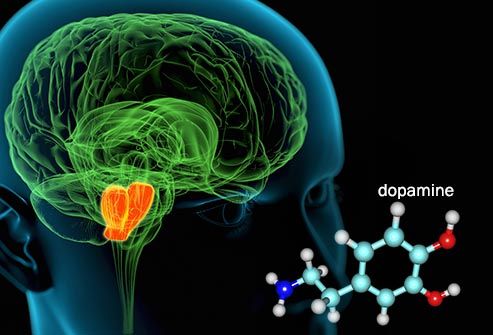
People who smoke marijuana begin to feel its effects almost immediately, while those who eat it may not feel it for up to an hour.
When you smoke pot, THC goes from your lungs to the bloodstream and causes your brain cells to release the chemical dopamine, leaving you feeling high.
Experts know less about how CBD works. They think it may work sometimes with THC, and sometimes on its own, to have an effect on the brain.
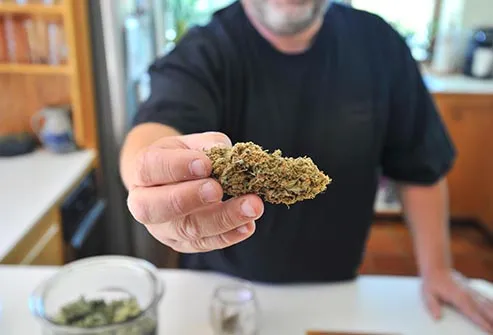
Medical marijuana may help ease pain, nausea, and loss of appetite in people who have cancer and HIV. There's not a lot of research on these areas yet, though.
Some research suggests medical marijuana may cut down seizures in people with epilepsy. Some studies show it also may ease multiple sclerosis symptoms like muscle stiffness and spasms, pain, and frequent urination.
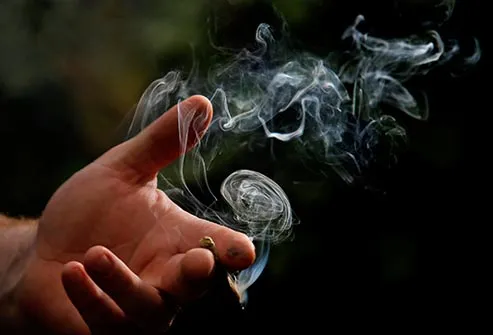
Medical marijuana can change your mood, making you feel happy, relaxed, sleepy, or anxious. It can also disrupt your short-term memory and decision-making ability. These side effects can last 1 to 3 hours.
Large doses of medical marijuana can make some people have hallucinations, delusions, and paranoia. Research suggests that smoking marijuana can make breathing problems, like bronchitis, worse.

Regular smokers of medical marijuana may get respiratory problems, such as a daily cough and a higher risk of lung infections.
Studies also link routine use to mental illness, depression, anxiety, less motivation, and suicidal thoughts among young people. Marijuana use during pregnancy can raise the risk of health problems in babies. Marijuana use can result in addiction.
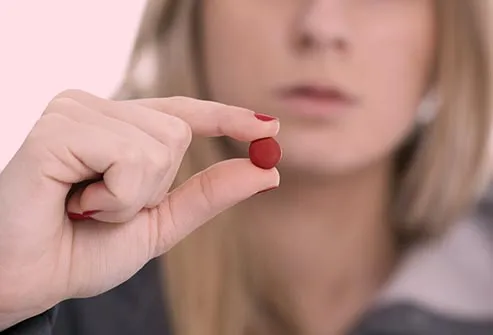
The FDA has approved two drugs that include ingredients also found in marijuana. Dronabinol has synthetic THC and is used to treat nausea from chemotherapy and extreme weight loss in AIDs patients.
Nabilone is used for the same reasons, but it has a man-made chemical that's similar to THC.

Users smoke medical marijuana in paper-rolled cigarettes or pipes. You can also brew it into a beverage, eat it in cooked foods, or take it in pill form. The effects of a marijuana pill can be strong and long-lasting. This makes it hard to predict how it will affect a person. It can also be inhaled it through vaporizers. Cannabinoid receptors have also been found in skin. Some use topical marijuana for pain and inflammation. More research is needed.

California voters were the first to legalize medical marijuana, in 1996. It's now legal in almost half of U.S. states.
If you live in a state where it's legal and your doctor has OK'd it, you can buy it from an authorized seller known as a dispensary. Some people may legally grow their own medical marijuana.

Some studies suggest medical marijuana may help relieve seizures in children with hard-to-treat epilepsy.
A type of medical marijuana known as "Charlotte's Web" may help kids without getting them high, because the strain has very little THC.